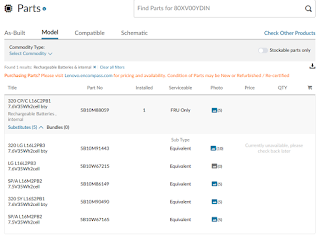Why B̶l̶o̶g̶ Write?
Was reading Sharma Radhakrishna Venkataramanan's blog and in one entry he asks "why Blog?" His answer is that "writing is a window to the workings of a person's mind," drawing on a few anecdotes. One of the anecdotes is about rediscovering something about his grandfather that his 7 year old self could never have. This threw me on a tangent and I pieced together something my Cousins' Grandfather told me. (As a child he had run away from his village home in pre-independence India, lived on the footpaths of Lucknow while attending school, and -- to cut a long story short -- ended up a professor of literature at Kanpur University. We all looked up to him.) Only times when I met him would be if our visits to that Aunt's home coincided. For a short period the frequency was enough to allow one routine: he would give me one life lesson or instruction. One, and no more. Of these, there's one that stands out and hasn't faded with memory. He said: Writ

